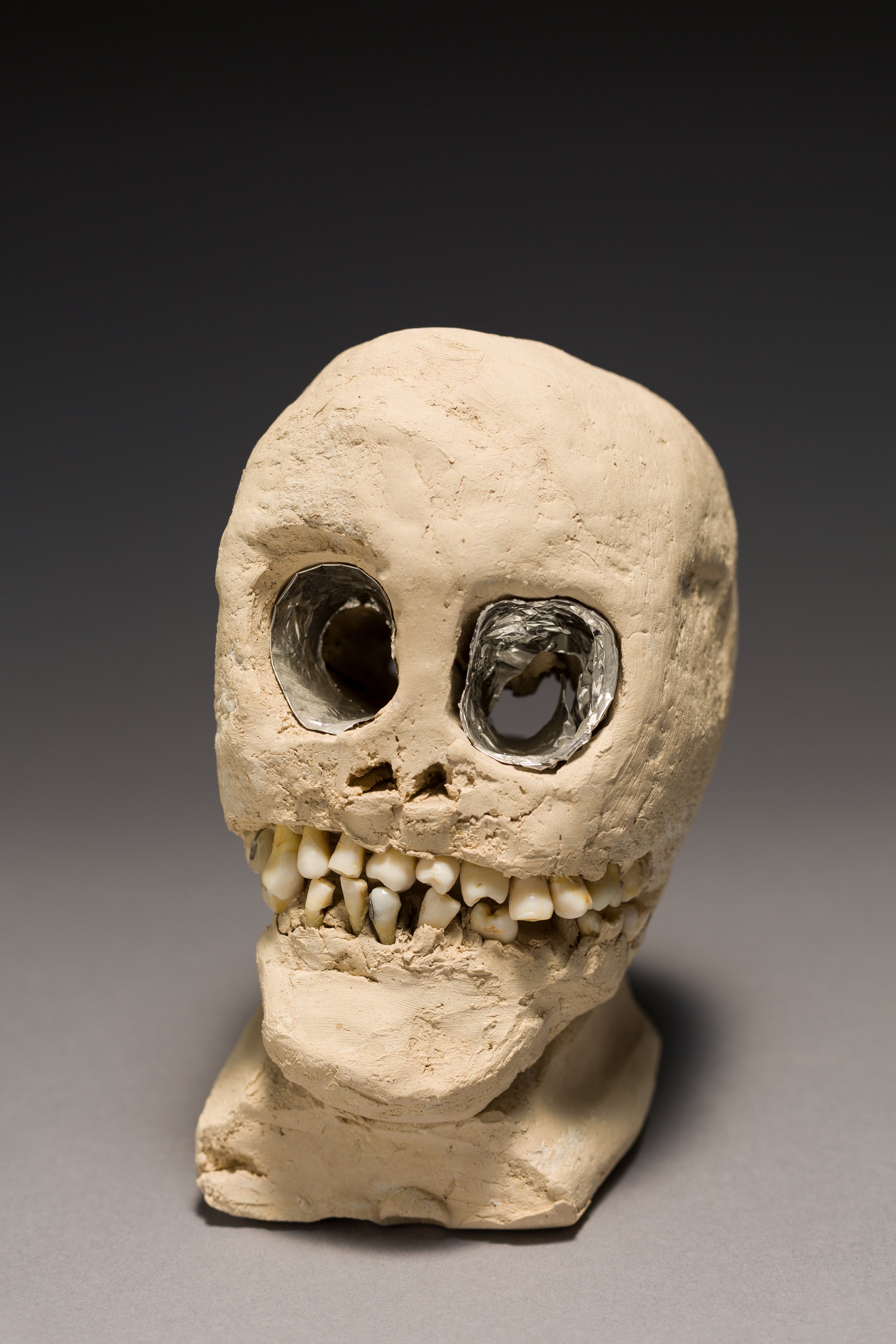University of Kentucky College of Fine Arts
405 Rose Street, Lexington, KY 40506-0241, USA
The University of Kentucky Art Museum, part of the UK College of Fine Arts, promotes the understanding and appreciation of art from diverse cultures and historical periods, providing meaningful encounters for audiences of all ages. Through their temporary exhibitions, educational programs, and permanent collection of approximately 5000 objects, they are a resource for the campus community and a cultural destination for citizens of the Commonwealth and beyond. Their Free Admission policy removes any financial obstacle that might stand in the way of opportunities for contemplation and connection.
They are proud to be accredited by the American Alliance of Museums, meeting standards for excellence and professional practices.
Exhibitions
The Life and Death of Charles Williams
Charles Williams (1942–1998) was born in Blue Diamond, Kentucky, a place he described as a “little old country hick town in coal mining territory, eight miles from Hazard, Kentucky, back up in the hollow where the Blacks lived.”
As a child, he taught himself to draw by copying comic book figures like Superman, Dick Tracy, and Captain Marvel, but never finished high school. In the early 1960s, he enrolled at the Breckinridge Job Corps Center in Morganfield to learn practical job skills. Williams seems to have thrived in the program where he honed his writing proficiency, made photographs, and even developed his first regular comic strip titled J.C. of the Job Corps, which appeared weekly on the back page of the Breckinridge Bugle—the camp newspaper. He graduated from the Job Corps program in 1967 “with flying colors” but was unable to find the kind of employment he wanted and ended up in the cleaning services of IBM in Lexington.
While working as a full-time janitor, Williams continued to develop his artistic practice. He created comic narratives including the Amazing Spectacular Captain Soul Superstar, a caped superhero who fights against the perpetrators of the intergalactic slave trade and an entire mini-series called The Cosmic Giggles which recounts the experiences of aliens visiting Earth. During their interstellar travels, the aliens observe racism, venereal disease, economic inequality, and other problems specific to our planet; they ultimately decide to leave because of “pollution problems, gas shortage, bad weather, and the rent going up.” Facing these circumstances, the Martians can’t afford to stay and go home avoiding a potential war of the worlds.
Williams also maintained an elaborate yard show, painting the trees around his house and embellishing them with cutouts of Mighty Mouse, Batman, and others. In his own words, “I got me this place here and decided to do something with it. I have always had art on my mind and wanted to do something out front there that I hadn’t heard of no other person doing. I fixed up the trees to give them some new life, some color, one idea got another idea and so on down the line, each idea kept building into another idea.” He also made hundreds of pencil holders, sculptures of all sizes and forms, with holes drilled to accommodate all sorts of writing instruments, mostly gleaned from the desk drawers of IBM employees after they had gone home for the day. He describes his pencil holders: “Plastic melts off the machine and it takes certain forms when it hits the floor. It becomes solid with weird shapes.I put them on a stand and paint it, keep it in its unique weird stage, and some of them forms looks like an animal’s brain. Makes you think of a brain.”
Williams worked avidly until his untimely death in 1998, the result of AIDS-related complications and starvation. A few months later, an organization called Moveable Feast Lexington was founded in his memory and tasked itself with providing hot meals to people living with HIV/AIDS in the region. In death, Williams had finally become a catalyst for the kind of change he had advocated for in his comics, drawings, and sculptures.
The Life and Death of Charles Williams is the first major solo exhibition of his work and features over 100 objects made between the early 1960s to 1998. It has been presented at the Atlanta Contemporary Art Center in Georgia, and Intuit: The Center for Intuitive and Outsider Art in Chicago. Here in Lexington, it represents a homecoming for the artist and an opportunity for reflection and celebration.
Phillip March Jones, curator
Sponsored by VisitLEX

Robert Arnett, Untitled, 1988. Courtesy of Institute 193.

Charles Williams, Untitled (Pencil Holder), undated, mixed media. Arnett Collection.
Mortal Coil: James “Son Ford” Thomas & David Farris
This exhibition brings together two accomplished musicians whose unique visual art focuses on the human body.
James “Son Ford” Thomas (1926–1993) grew up in Mississippi and learned to play blues guitar by listening to the radio. His job as a gravedigger had a profound effect on his clay sculptures of animals, portrait busts, and skulls, often adorned with teeth, hair, beads, and foil. David Farris is a Lexington-based drummer and member of several local bands including Italian Beaches, Candy & the Yams, and Club Dub. He maintains an active drawing practice, altering newspaper images of sporting events with ink and filling notebooks with line drawings and animation sequences.
Thomas claimed to rely on dreams to inspire his songs and precisely sculpted beings, and both are marked by qualities of melancholy and resignation. Farris regularly posts short video sequences of his percussive experimentation on Instagram. He approaches aural and visual creation with a sense of mastery and restlessness, stating, “Once I’ve played a drum beat enough times for it to sound good and I can use it, or if I’ve drawn some images enough to use them, then it’s time to try something new.”
The combination of their sculptures and drawings recognizes that artists often have signature content that can be understood no matter what outlets of expression they use. Mortal Coil offers meditations on being and becoming, the abject and the everyday.
Special thanks to Linda and George Kurz for the generous loan of their “Son Ford” Thomas sculptures.

James “Son Ford” Thomas, Skull, circa 1980s, unfired Yazoo River Gumbo clay, aluminum foil, and human teeth. Collection of Linda and George Kurz, Cincinnati.

James “Son Ford” Thomas, Bust of Man in Blue Shirt, undated, unfired clay, paint, and hair. Collection of Linda and George Kurz, Cincinnati.

David Farris, Untitled, 2019, ink on newspaper. Courtesy of the artist.

David Farris, Untitled, undated, ink on newspaper. Courtesy of the artist.
